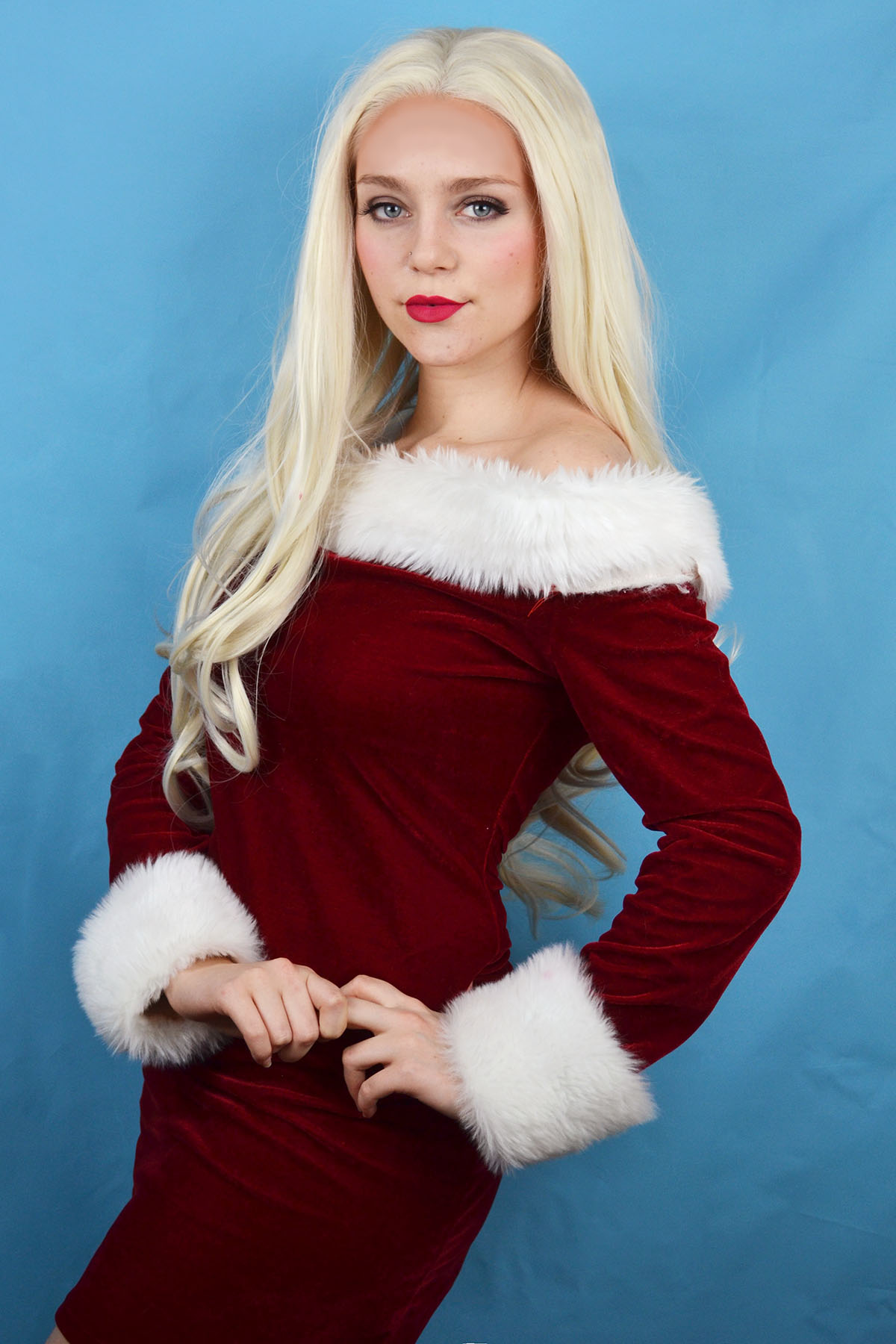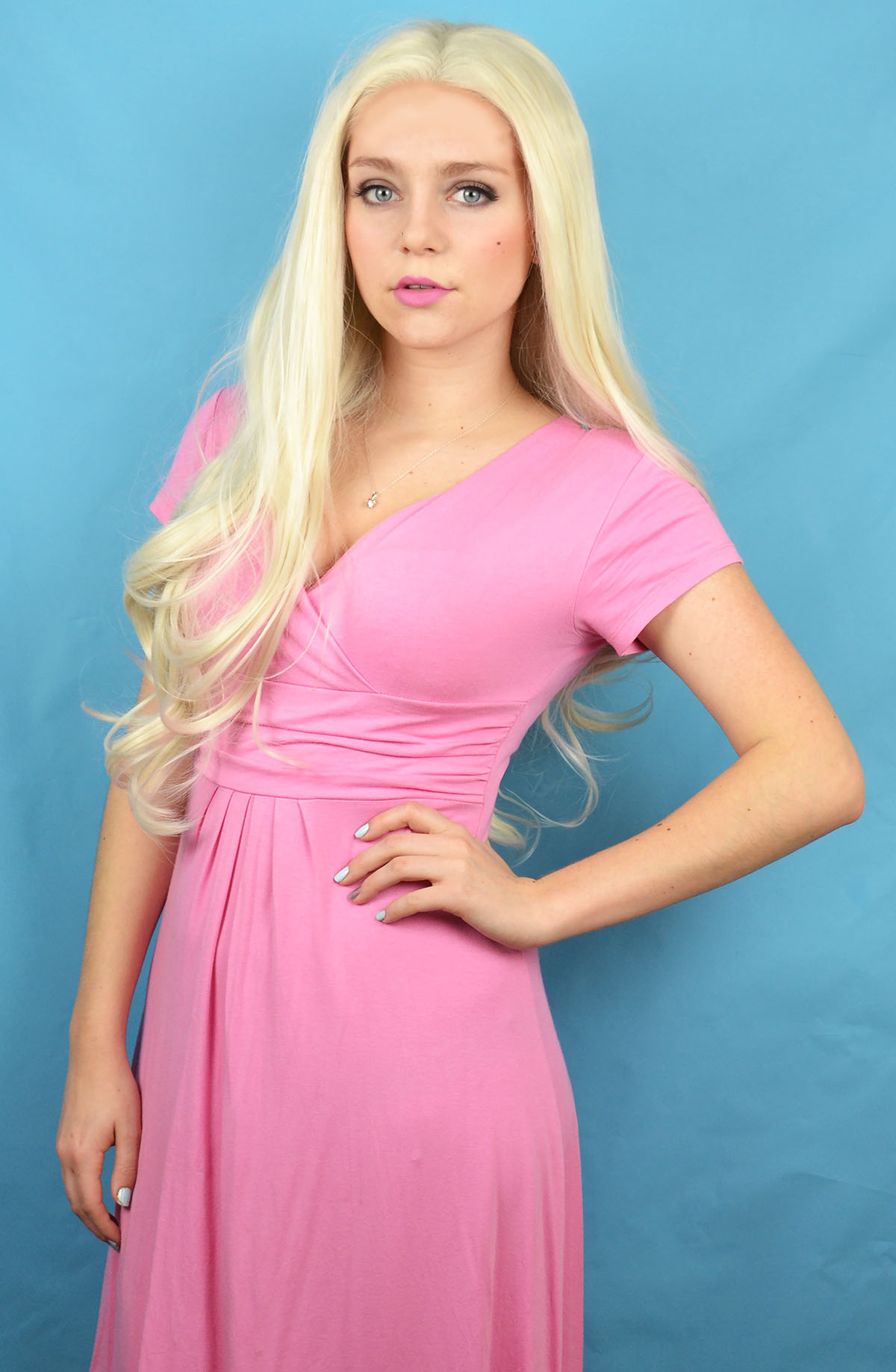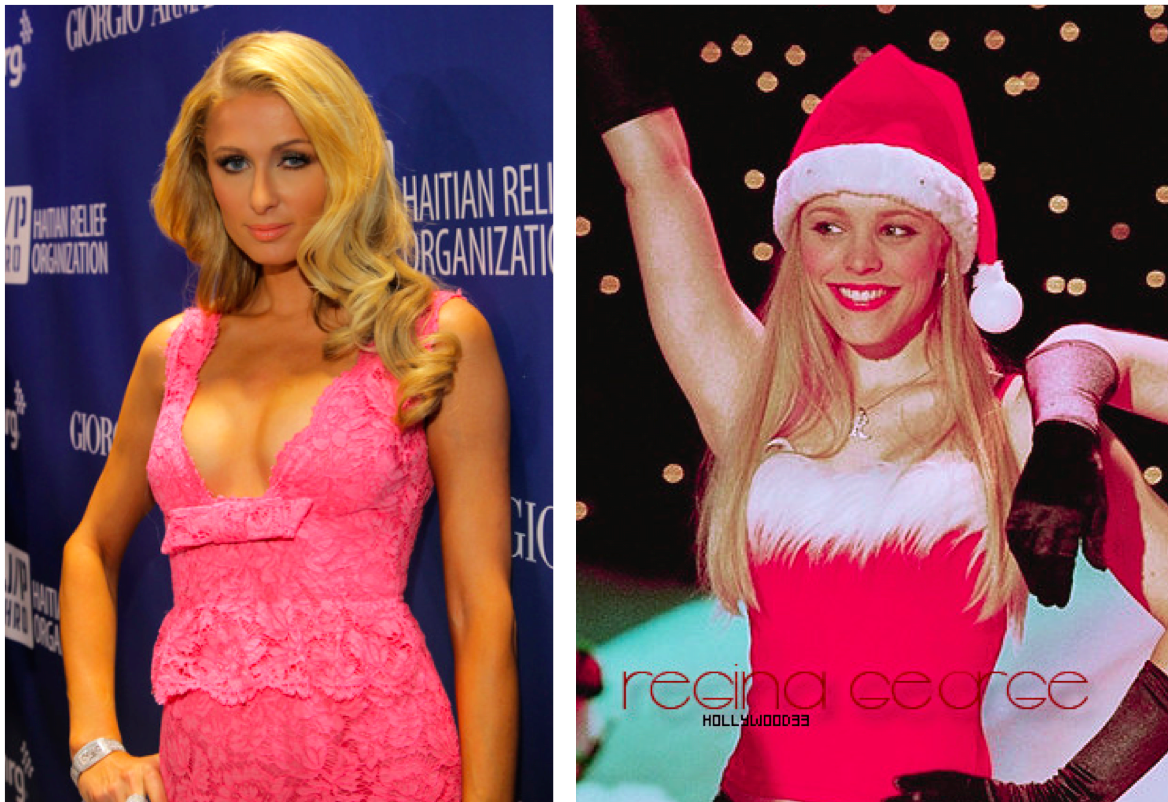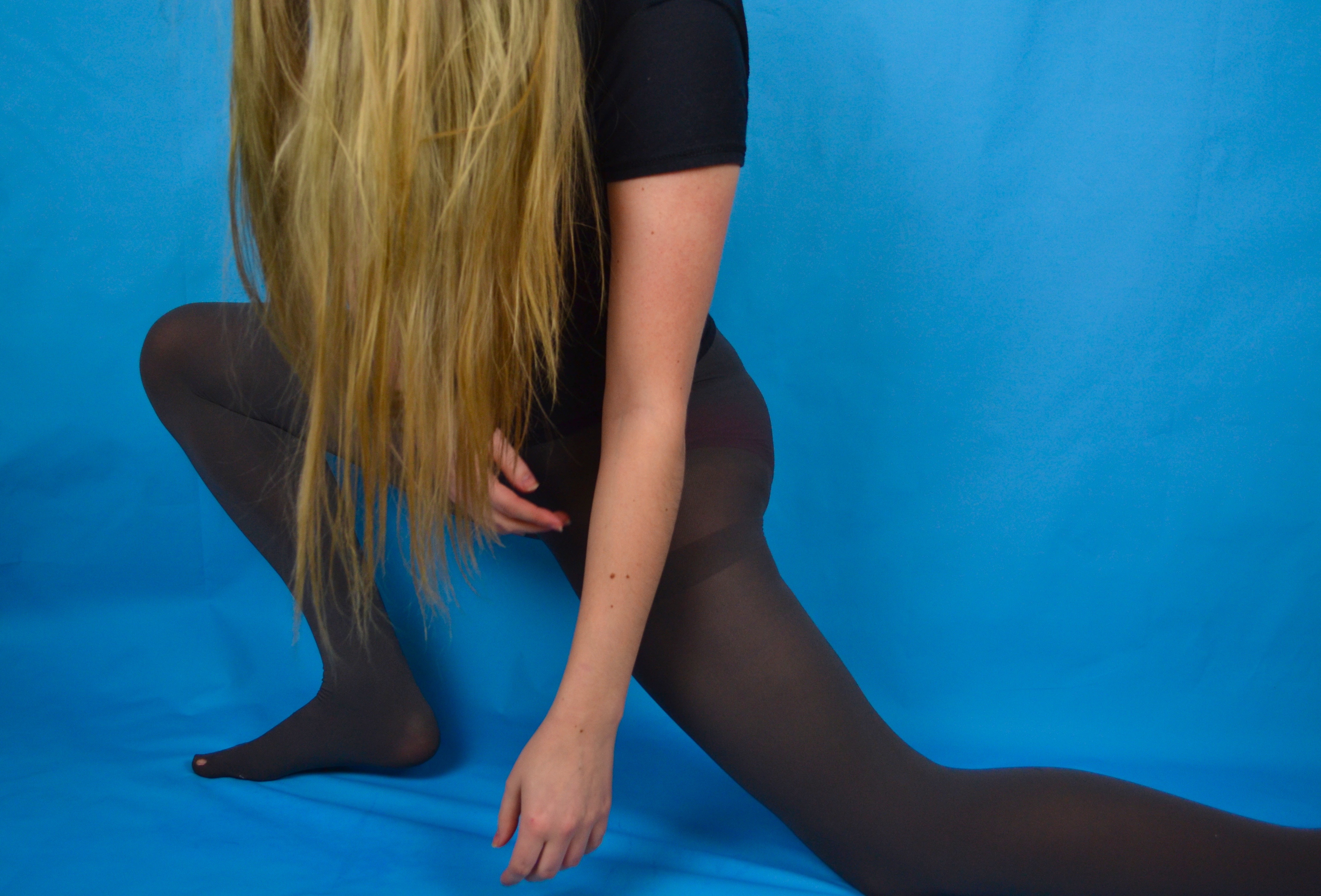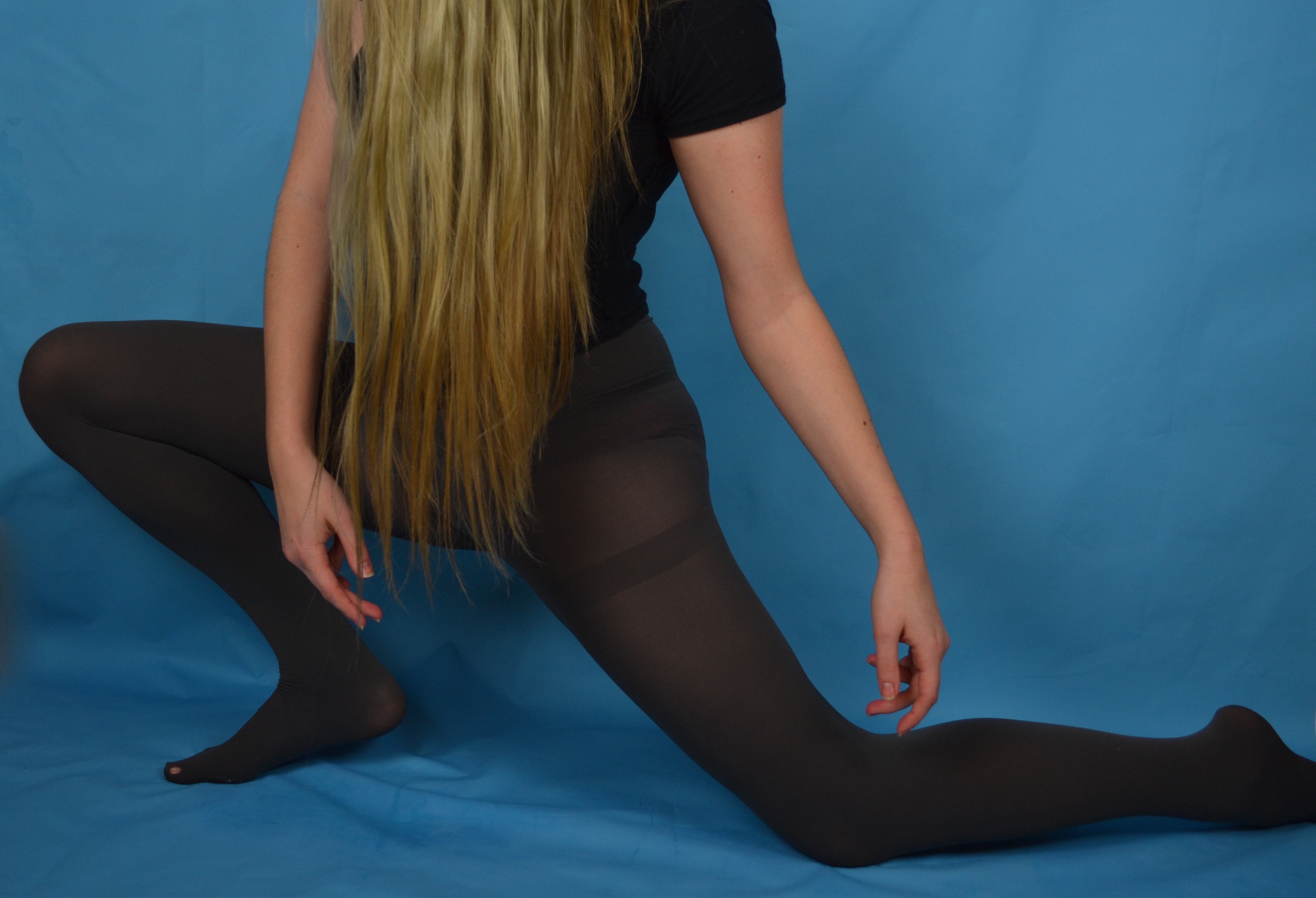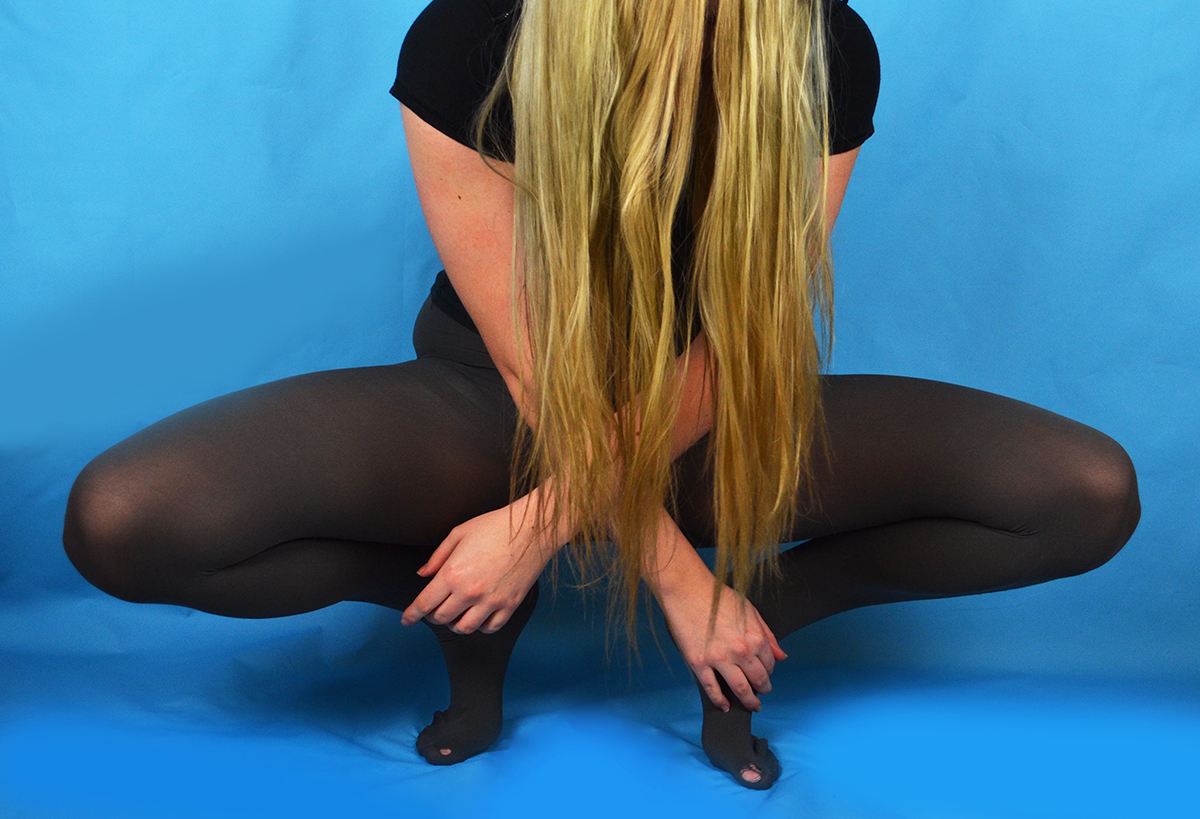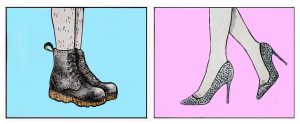When looking at images from Levine’s “Queer” portraits and “Alone Time” collections, I could see that the compositions were clearly well thought out and had some inspirations from tableaux style paintings. I typed in key words into google that related to Levine’s imagery in an attempt to find some paintings with similar compositions. This proved rather successful and although it unlikely that Levine took inspiration for the specific paintings that I selected to compare them to, it is clear that Levine had a traditional thought process when composing her images and directing their models.

Above is a comparison of JJ Levine’s “Mikiki 2012” and Iosif Iser’s “Woman in Yellow Chair” produced in 1933. The image have a very similar composition with the subjects seated at an angle on a low chair, a green wall and a table with a vase to the left of the seated subject. Both subjects have intriguing features (when considering the time of their production) Iser’s woman has bright blue shoes, red lipstick and a matching headscarf. Levine’s male subject is pictured with traditionally feminine items including a handbag, vase of tulips and a matching pearl necklace and bracelet set. Both of the images have a provocative undertone, Iser’s subject has a seductive expression, has her arms and legs exposed and has her shirt unbuttoned to reveal a large portion of her decolletage. Levine’s subject is presented rather provocatively due to the flesh coloured clothing which at first glance the subject appear less dressed. The subject also has their cropped vest rolled up to show the pierced nipples, but not in a overly exposed fashion as they are partially concealed by the layered pearl necklaces.


Both images have a green based colour scheme. Levine’s image reinforces this theme with a bright green wall, warmer green chair and the stalks of the flowers which are contrasted by the warm pink and yellow undertones of the the flesh of the subject and the warm ocher tone colour of the small table the vase is placed on. The wall in Isef’s painting is also green, however unlike Levine’s solid coloured wall, Isef’s wall features both cool and warm green tones. Isef exploits the complementary colour of red in the tones of the lipstick, headscarf, table cloth and floor. The orange and yellow tones in the flesh and chair are also contrasted with the cooler green tones and the blue of the shoes.
Above I separated the two images, Levine’s “Mikiki 2012” and Iser’s “Woman in Yellow Chair” into 9 sections which shows how each composition exploits the rule of thirds. In both images the torso is places on the right vertical line and the faces seem to be cut in half by this line. In both images the foot just peeks into the bottom section. When looking at each section you can see that they have very similar contents, for example the centre segment includes part of both thighs and a hand and the top right segment contains a shoulder and half the face of the subject.

The way that the eye travels through the two images is also quite similar. The eye is immediately draw the to the face and is then directed through the image by the shape of the body, along the extended leg to the foot and then from the foot up to the vase. In the annotated versions of the images above you can see how similar the line of sight is in both compositions. Many tableaux portraits of women have a composition that exploits the form of the human body to direct the eye across the painting.

Above is a comparison of JJ Levine’s fourth of eight images from her “Alone Time” Collection and Jan Miense Molenaer’s “music making couple” Levine’s image is at first glance a portrait of a heterosexual couple seated next to each other, the female counterpart holding a banjo and the male counterpart listening. The couple in Levine’s image are actually acted out by the same person in different costumes. Molenaer’s painting also depicts a heterosexual couple where both parties are holding musical instruments, the male, a lute and the female, an early woodwind instrument. In Molenaer’s painting the male counterpart is presented as dominant, he wears a large hat, stands rather than sits, placing him physically above his partner and the line created by the fret board of the lute also makes him appear taller. In Levine’s image however, the female is presented as the dominant counterpart of the couple as she is pictured holding the banjo while the male is simply sat, listening. Similarly to Molenaer’s painting, the fret board of the lute makes the female in Levine’s photograph appear bigger than the male. Both of the images, in my opinion have a sexual undertone this is implied by the fact that the couple are pictured together, suggesting a sense of commitment. Levine’s title “Alone time” could suggest sexual as well as emotional intamacy, Molenaer’s painting has a sexual undertone due to both counterparts seemingly taking part in the “music making” which a potential metaphor for physical intimacy.










